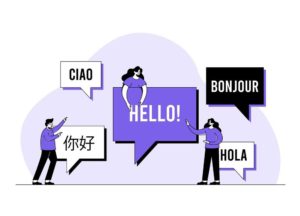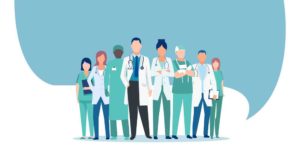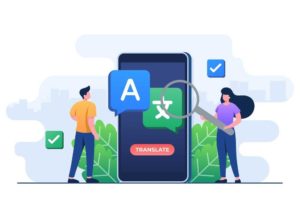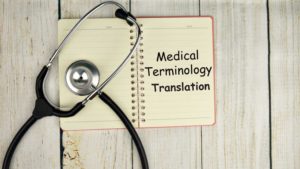New Mexico’s cultural diversity, with a population encompassing Native Americans, Hispanics, Anglos, and various ethnic groups, presents a unique challenge in healthcare.
A staggering 30% of the state’s population speaks a language other than English at home. Effective communication is vital, and this is where medical translator apps step in. These apps break down language barriers and are transforming healthcare, ensuring every patient receives the care they deserve.
The Role of Medical Translator Apps in New Mexico
New Mexico’s cultural tapestry is one of its greatest strengths, but it also brings linguistic diversity. The state boasts a significant Hispanic population, Native American communities, and a blend of other ethnicities.
This multicultural tapestry makes New Mexico unique but also presents a healthcare challenge. With that much no English speaker in a country whose main language is English, it becomes very hard for doctors and patients to communicate effectively.
In such a situation medical translator apps become very important and can be a lifesaver. Places like New Mexico are always in need of these apps can benefit significantly.
The Game-Changing Role of Medical Translator Apps
Medical translator apps like Emtran are the unsung heroes bridging this language gap in healthcare. They’re user-friendly applications designed to facilitate real-time communication between healthcare professionals and patients who speak different languages.
Think of them as language bridges that ensure no one is left behind when it comes to healthcare.
The Need for Medical Translator Apps in New Mexico
Places like New Mexico having diverse populations and different languages are always in need of medical translator apps. So, let’s move forward to why these places need translator apps and how they can transform the healthcare industry.
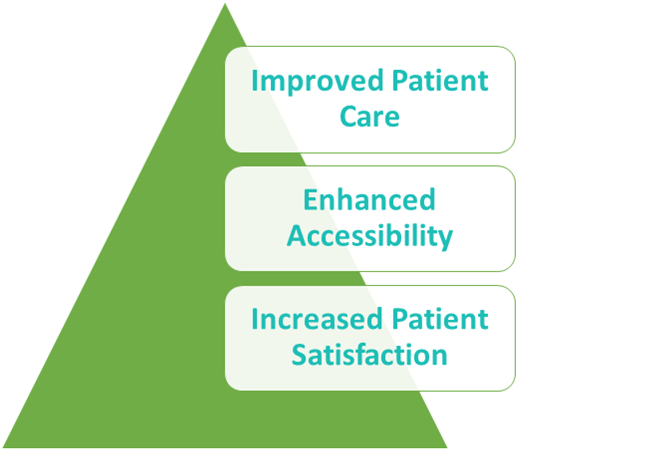
1. Improved Patient Care
These apps aren’t just for show; they significantly improve patient care. Doctors can make accurate diagnoses and prescribe effective treatments because they can now understand their patients.
Contrary to this if the doctor has no idea what the patient is talking about then treatment becomes very tough.
2. Enhanced Accessibility
Medical translator apps make healthcare services more accessible to everyone, irrespective of their language proficiency. They’re levelling the playing field, ensuring everyone receives timely and appropriate care.
Consider Juan, a non-English-speaking resident of New Mexico who’s been avoiding regular check-ups due to the language barrier. Thanks to a user-friendly medical translator app, he can now easily communicate with healthcare providers.
3. Increased Patient Satisfaction
When patients can communicate effectively with their healthcare providers, their overall satisfaction soars. This enhances the patient experience and fosters trust in the healthcare system.
Think of a scenario where you, as a healthcare provider, can converse fluently with your patients, even if they speak a different language. Your patients feel heard, understood, and valued, which significantly boosts their satisfaction with the healthcare experience.
Top Medical Translator Apps in New Mexico 2023
The year 2023 has brought us some fantastic medical translator apps. Here are a few noteworthy ones:
- Emtran
- Systran
- Pairaphrase
- MediBabble
- VerbalCare
The above-mentioned apps are the top medical translator apps that are not only functioning in New Mexico but all over the US. if you want to learn more about these apps you can check our detailed guide here: Best Medical Translation App for Android and IOS.
How to Pick the Right Medical Translator App
Selecting the right medical translator app is crucial to ensure effective communication in healthcare settings. To help you make an informed choice, let’s delve deeper into this process with practical examples:
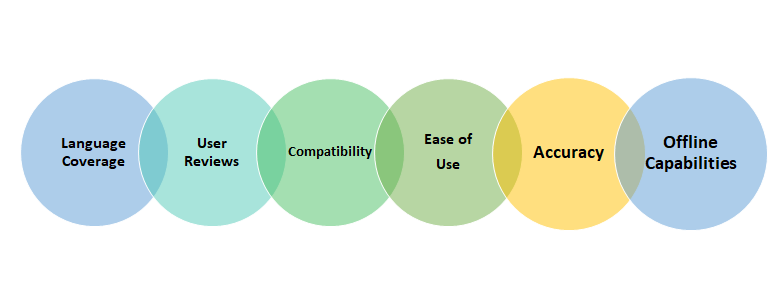
1. Language Coverage
Consider the languages commonly spoken in your healthcare facility and patient population. A comprehensive medical translator app should support these languages.
For instance, if your facility primarily serves Spanish-speaking patients, make sure the app excels in translating to and from Spanish.
2. User Reviews
User reviews can provide valuable insights into an app’s performance. Look for reviews from healthcare professionals who have used the app in similar settings. Positive reviews highlighting its accuracy and user-friendliness are good indicators.
3. Compatibility
Check if the app is compatible with your healthcare facility’s systems. For example, if your hospital uses electronic health records (EHR) software, ensure the app seamlessly integrates with it. Compatibility ensures a smooth workflow and minimizes potential hiccups.
4. Ease of Use
An app’s user interface should be intuitive for both healthcare providers and patients. Consider a scenario where a patient is using the app to describe their symptoms. It should be simple for them to navigate and input information.
Similarly, healthcare providers should find it easy to access and understand translations during consultations.
5. Accuracy
Accurate translation is paramount in healthcare. Test the app with a sample of medical terms and phrases in your target languages to ensure it provides precise translations. In a critical healthcare scenario, a small translation error can have serious consequences.
6. Offline Capabilities
Healthcare settings can sometimes lack a stable internet connection. Therefore, it’s beneficial to choose an app that offers offline capabilities. This ensures that translation services are available even when online access is limited.
Medical Translator Apps and Real-World Scenarios
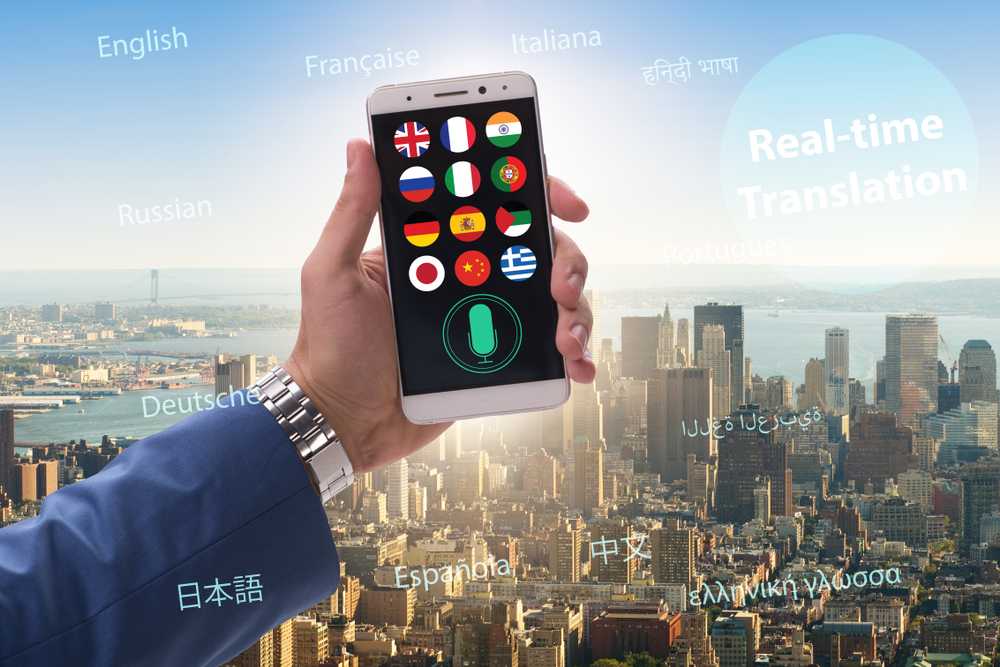
Medical translator apps aren’t just theoretical; they’re saving lives and improving patient outcomes every day. Picture a non-English-speaking patient arriving at the emergency room.
With the help of a medical translator app, they can quickly convey their symptoms, and healthcare providers can swiftly take appropriate action. These real-world scenarios are powerful testimonials to the impact of these apps.
The Future of Medical Translator Apps in New Mexico
As technology advances, the accuracy and effectiveness of medical translator apps will only improve. This points toward a future where language barriers in healthcare are less of a concern.
Medical translator apps are on the cusp of a revolutionary transformation in New Mexico as well. Here’s a concise glimpse into what the future holds:
- Enhanced Language Support: These apps will cover an even wider array of languages, ensuring no linguistic barrier remains unaddressed.
- Improved Accuracy: Advancements in AI and machine learning will make translations incredibly precise, even with medical jargon.
- Wearable Device Integration: They will seamlessly connect with wearable devices, transmitting real-time health data to healthcare providers.
- Telemedicine Revolution: Expect medical translator apps to be a cornerstone of telemedicine, making virtual healthcare more accessible.
- Virtual Reality (VR) Integration: VR environments will facilitate immersive, language-bridged healthcare interactions.
Conclusion
Medical translator apps are invaluable tools that New Mexico’s healthcare system needs. They’re eliminating language barriers, enhancing patient care, and ensuring accessibility.
The stories of patients whose lives have been positively impacted by these apps are living proof of their importance. As technology marches forward, the future of healthcare communication in New Mexico looks brighter than ever.

